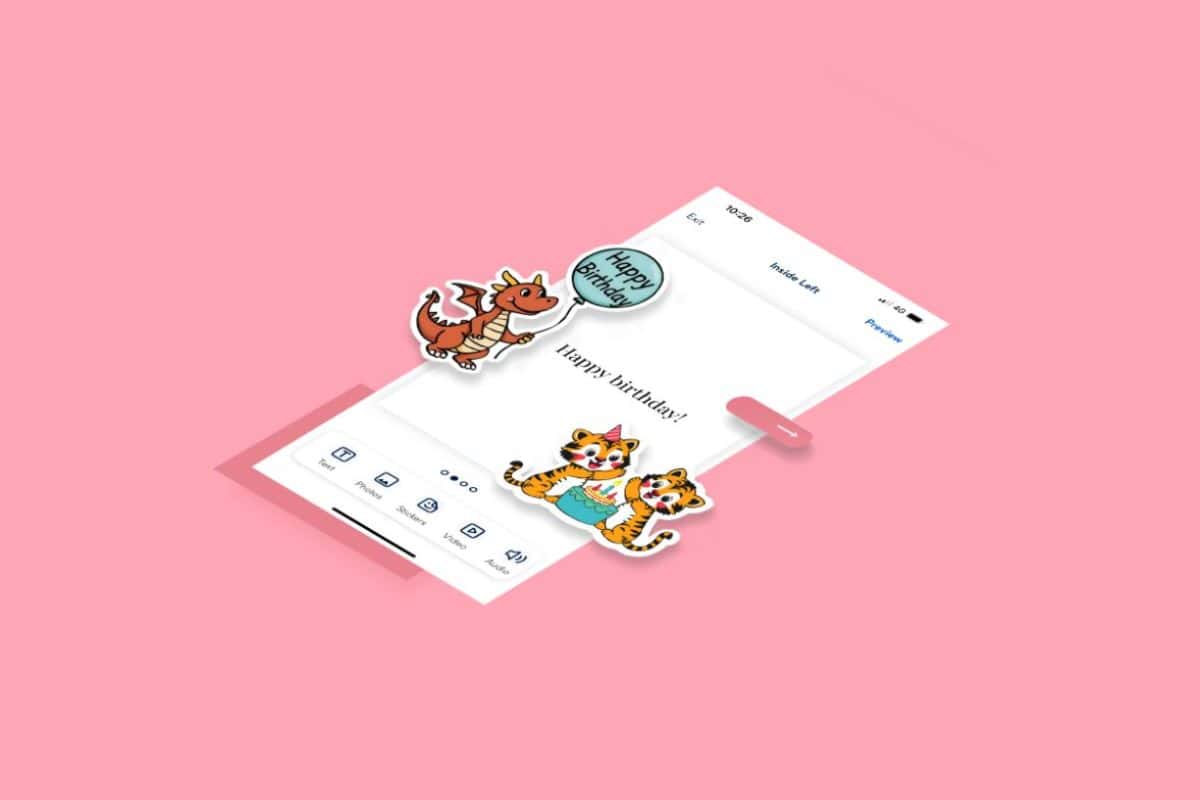Big retail brands such as John Lewis and Tesco naturally have a place in consumers’ lives. But what can smaller lesser-known retailers do to get their story told and get their brand noticed amongst the noise and brand loyalty towards the high street powerhouses? Well, mobile may well hold the key, suggests Mark Freeman, creative partner at mobile agency Movement
As we hear daily, mobile usage continues to grow. And with that growth comes the gradual swing of the big boys muscling in on the action. When it comes to money and spend, smaller retailers will always lose out to their cash-rich competition. But the prospect to be innovative and get ahead in mobile is still a real possibility and can have big advantages for smaller retail brands looking to grow their customer base.
One of the first attributes that must be addressed is to have a website that is optimised for today’s multi-device landscape. Every retailer, big or small, needs to get its website mobile friendly. Mobile search is going through the roof right now, and if a retailer site isn’t easily and simply viewable on a mobile screen, it’s been proved that the audience are likely to head straight to a mobile-friendly competitor.
The beauty of smaller retail brands is that they tend to have a bigger scope of freedom to experiment with what looks right and what works. They have far less fear of failure and shouldn’t be scared to try things out and take risks. With the agility and freedom that larger retailers lack, smaller brands can steal a march and get their website sorted and pull in the benefits of an efficient, well-designed, mobile-optimised site.
For example, Net-A-Porter and Mr. Porter have laid out their stall on the web really well. You get to see the same content and service, whatever device you’re using, and it’s always laid out appropriately and cleanly, to suit that device.
Apps can also be a great avenue to grow and be noticed, as by engaging just a small base of loyal customers you can build and create something that will resonate with them and could be shared via social media. The latter is an immensely useful tool for getting the word out for brands that would never have the budget themselves to reach that many people through regular marketing channels.
Take for instance Meat Pack, a sneaker store in Guatemala that prides itself on having an edgy and urban brand. It took on the bigger retailers in its mall by creating an add-on to its loyalty app called ‘Hijack’: every time a customer’s GPS showed him or her entering a competitor’s store, such as Adidas, Nike or Converse, the app counted down how quickly that person could run back to Meat Pack and offered an in-store discount that decreased by the second.
This is a prime example of the scope for independent retail brands to do something on a small budget that will boost both their personality and exposure. If the creative can capture the imagination then the message has the potential to grow exponentially by itself, cutting out the need for expensive marketing budgets. New technology offers more opportunities to achieve this.
But if you lack the millions or even thousands to spend on an app, it’s worth targeting customers with what they like the most, and that’s often good prices and promotions. In fact, mobile coupons and sales promotions are perhaps the best cost-effective way to boost a customer base. Shoppers want discounts and most of them have the handsets to support these offers, but hardly any retailers have invested in the infrastructure to allow customers to use mobile discount coupons whilst in store. But if a customer can cut out a voucher and bring it into store, why can’t they use a screengrab of an e-coupon stored on their phone?
By being fleet of foot, smaller retailers can get ahead and ride the trend before any big retailer such as John Lewis or Tesco takes it on. And it’s that point of difference that allows smaller retail brands to use mobile to set themselves apart from the competition.








